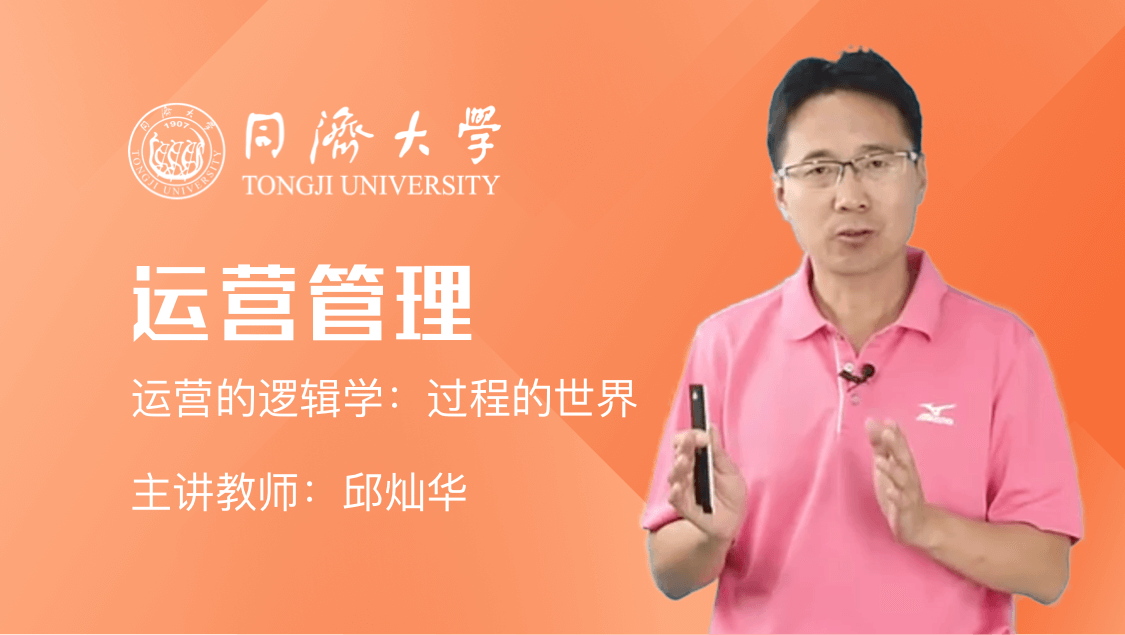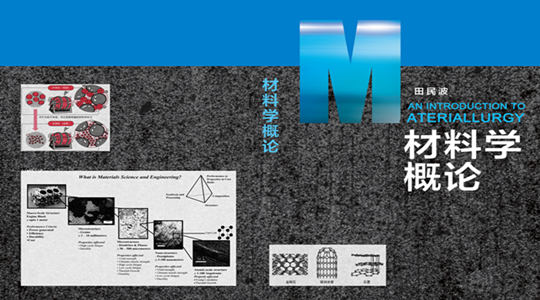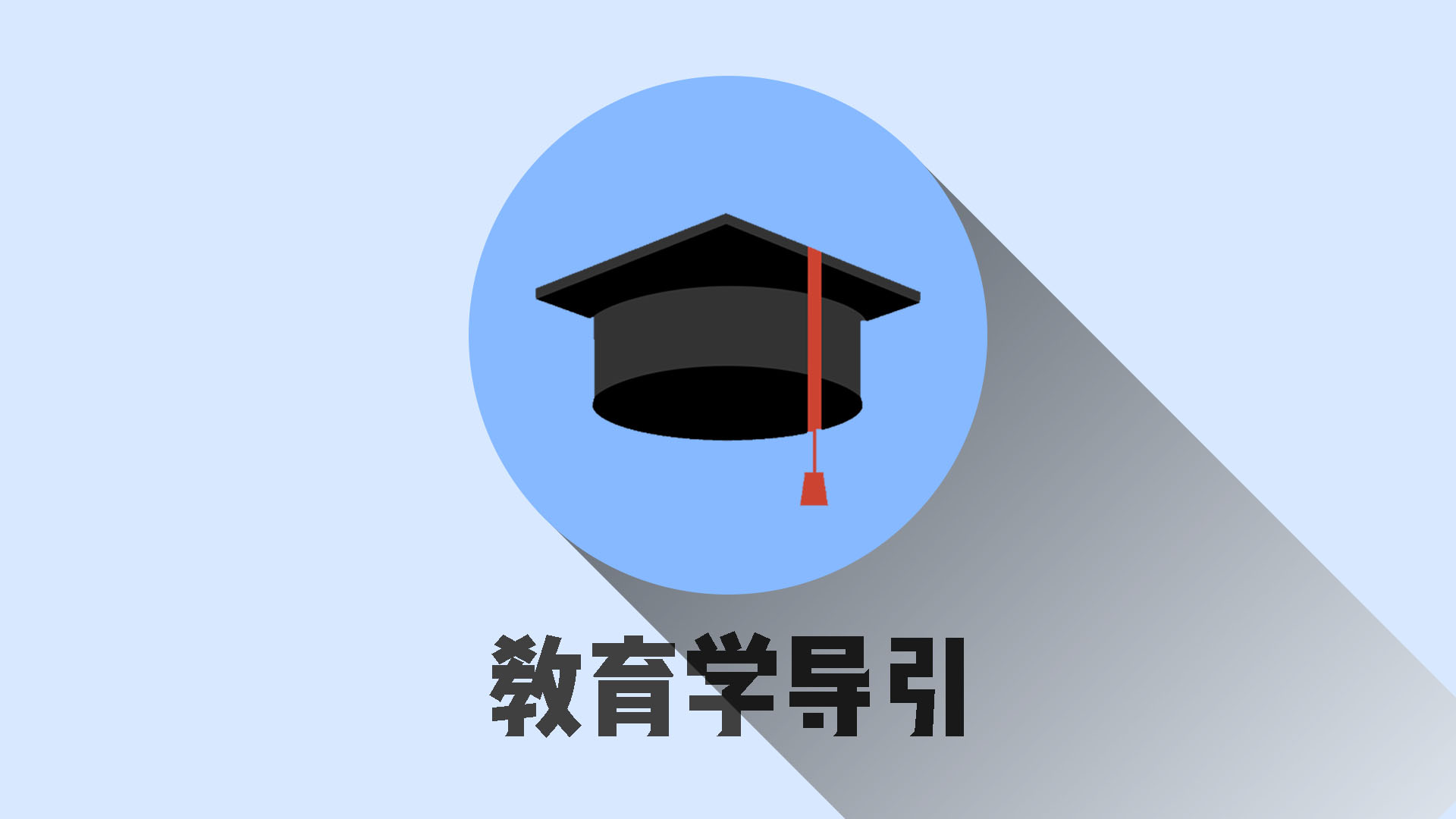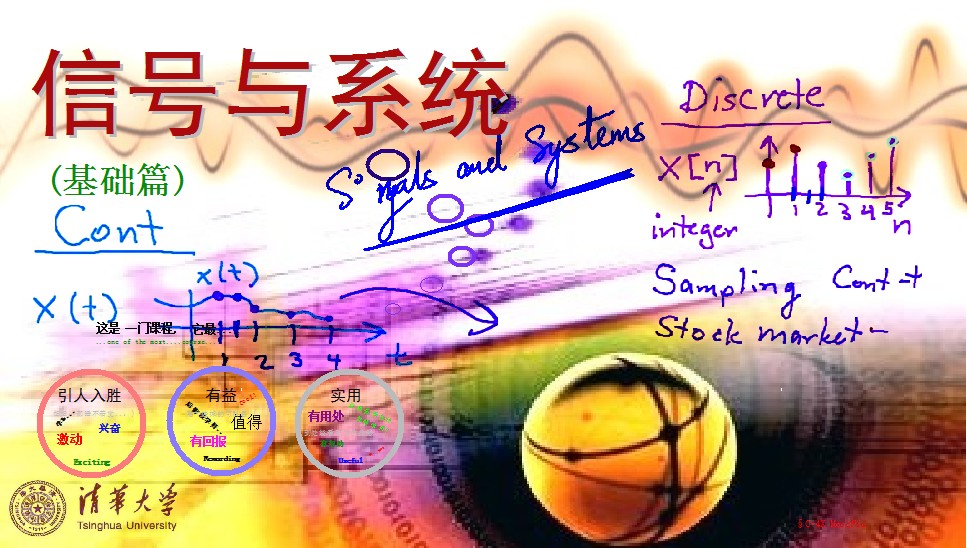
当前课程知识点:Methodology of Scientific Research > Lecture 2 Research Project Selection and Information Collection > Section 2.1 Types and Sources of Research Project > 2.1.1 Research Project
返回《Methodology of Scientific Research》慕课在线视频课程列表
返回《Methodology of Scientific Research》慕课在线视频列表
各位同学 你们好
本次课程的内容是第2讲
科研选题与信息收集
包括三节课的内容
第1节 课题类型与来源
第2节 选题原则及方式
第3节 课题的信息收集
下面我们给大家介绍第1节课的内容
课题类型与来源
首先介绍一下课题的主要内容
什么是科研课题呢
科研课题一般简称为课题
它是为科学研究或者技术开发而设置的
研究的项目
所谓科研课题
一般是指以探索 发现或应用开发为目标
以解决某种科学技术问题为目的
并且拥有某个部门或社会团体的
研发或开发资金的支持
并要求在规定的时间内完成研究任务
的计划或者方案
下面介绍一下课题的设置
那么对于科研课题的设置
由于其管辖的机构和经费的来源
以及研究内容的不同
使得科研课题的形式有多种多样
这种多渠道的来源
主要包括以下几个方面
第一 科学本身发展的需要
这是科学发展的根本动力所在
科学的发展
有其外在和内在的动力的双重作用
那么其中外在的动力表现在哪里呢
表现在社会生产 政治
哲学 宗教 以及文化传统等多个方面
生产实践会不断地向科学或者技术开发
提出新的研究问题
比如说超级水稻杂交问题
人类基因组的中国卷率先绘制成功
以及青藏铁路全线开通等等
这些方面的大的课题
那么内在动力
主要集中体现在以下几个方面
在理论和实验之间的矛盾
理论内部的矛盾
以及各个理论之间的矛盾的相互作用等等
那么科学理论与科学实验之间有一种矛盾
会促进科学问题的产生
科学理论内部的矛盾也会促进科学问题的产生
科学理论之间的矛盾
更容易生发出新的科学问题
例如物理学中的粒子说
或叫微粒说 与波动说
它们就统一于波粒二相性这样一个理论里面
还有热力学第二定律
与进化论相互融合
推动了所谓的耗散结构的理论形成 等等
我们给大家介绍社会生产实践的需求
促进了科学问题的产生这样的一个情况
那么科学问题的产生
从上面看有很多种原因
其中社会生产实践的需求
是科学问题产生的主要来源
一般而言
从社会生产实践当中提出的科学问题
大多数是实用性或技术性的问题
那么从科学技术实践中所提出的科学问题
一般而言大多数是科学自身发展中的一些问题
第3个就是国家的政治 经济
特别是军事 比如战争的需要
提出的科学问题
一般而言
军事需要对科学有着巨大的作用
那么它会极大的促进
比如说数学 物理学 医学 电子学
等多学科的迅速发展
为了国防安全
军事科研需要进行跨学科
跨部门 集约型
长期性的投入和研究
比如说我们建国初期的两弹一星的计划
以及我们目前正在进行的载人航天
航空的计划等等
第4个是社会生活等其他方面的需要
也会催生科学问题的产生
当今社会的生活 到处都显现出
科技发展的最新成果
比如说人们的衣食住行
你说哪一样
能够脱离现在的科技
比如说以通讯为例
我们古代的人出远门
他们联系家人就非常不方便
一出门就杳无音讯
除非他的同乡或者熟识的人
才能给他带来一个消息
到了后来人们借助于信鸽
来传递简单的信息
这样的话也不很方便
再后来又出现了邮差 信差
这样的一些传递信息的方式
实现了所谓的专人传递书信的形式
但是 这样的方式速度是比较受限的
当下我们利用现代通信技术
已经能够即时通信联络
信息量也大为增加
既方便 又快捷
第三 给大家介绍一下科研的意义
那么科研课题有什么样的意义呢
从一定意义上来讲
科学研究是一个不断
提出问题和解决问题的过程
那么能否提出有创见的合适的科研课题
对于科研工作的顺利开展
并获取有价值的成果至关重要
正如著名的物理学家爱因斯坦先生指出的那样
提出一个问题
往往比解决一个问题更重要
社会在进步
人类在发展社会科学和技术科学的步伐
也因之永远不会停止
-Section 1.1 Basic Concepts of Scientific Research
--1.1.1 Basic Concepts of Research
-Section 1.2 General Procedure of Scientific Research
--1.2.3 Process of Natural Science
--1.2.4 Process of Social Science
--1.2.5 Process of Technologial Science
-Section 1.3 How to Prepare for Scientific Research
--1.3.1 Motivation of Research
-Test-Lecture #1
-Section 2.1 Types and Sources of Research Project
-Section 2.2 Principles and Methods of Topic Selection
--2.2.1 Principle of Topic Selection
--2.2.2 Methods of Topic Selection
--2.2.3 Procedure and Strategy of Topic Selection
-Section 2.3 Information Collection of Project
--2.3.1 Type, Collection and Search of Information
-Test-Lecture #2
-Section 3.1 Typical Research Methods
--3.1.1 Level of Research Method
--3.1.2 Concept of Research Method
--3.1.3 Typical Research Methods
-Section 3.2 Typical Thinking Modes
--3.2.1 Thinking and its Characteristics
--3.2.2 General Innovative Thinking
--3.2.3 Typical Thinking Modes
-Section 3.3 Analysis of Research Cases
--3.3.1 Question Description and Concept
--3.3.2 Three-Level Theory of Problem
--3.3.3 Train of Question Consciousness
-Test-Lecture #3
-Section 4.1 Research-oriented Scientific Design
--4.1.1 General Scientific Design
--4.1.3 Example of Research Design
--4.1.4 Other kinds of Research Design
-Section 4.2 Experimental Scientific Research Design
--4.2.4 Example of Experimental Design
-Section 4.3 Application-oriented Scientific Design
--4.3.1 Basic Concepts and Significance
--4.3.3 Example of Applied Design
--4.3.4 Train of Research Skills
-Test-Lecture #4
-Section 5.1 Initial Entry into the Research Group
--5.1.2 Consider Research Outline
-Section 5.2 Analysis of Scientific Research Cases
--5.2.1 Example of Correct Topic Selection
--5.2.2 Example of Team Cooperation
--5.2.3 Test of Non-invasive PDM
-Section 5.3 Research-based Learning and Research
--5.3.1 Overview of Research Learning
--5.3.2 Research-based Learning
--5.3.3 Research Train for Undergraduates
-Test-Lecture #5
-Section 6.1 Scientific Research Strategy and Tactics
--6.1.1 Strategy in Research Work
--6.1.2 Tactics in Research Work
--6.1.3 Research Group and Management
-Section 6.2 Scientific Research Tactful Operation
--6.2.3 Typical Research Planning
-Section 6.3 Discrimination of Research Obstruction
--6.3.2 Origin of Research Obstruction
--6.3.3 Case of Research Obstruction
--6.3.4 Strategy to Remove Obstruction
-Test-Lecture #6
-Section 7.1 Research Papers and Writing
--7.1.2 Writing Research Paper
-Section 7.2 Rules for Submission and Publication
--7.2.1 Preparing for Contribution
--7.2.2 Process of Publication
--7.2.3 Strategy of Contribution
-Section 7.3 Examples and Analysis of Paper
--7.3.1 Basic Structure of Paper
--7.3.3 Introduction, Main Content and Conclusion
-Test-Lecture #7
-Section 8.1 Introduction of Invention and Creation
--8.1.1 Generality of Invention
--8.1.2 Principle of Invention
--8.1.3 Risk and Protection of Invention
-Section 8.2 Patent Types and Applications
--8.2.1 Characteristics and Types of Patent
--8.2.3 Process of Applying Patent
-Section 8.3 Patent Examples and Analysis
--8.3.1 Example of Invention Patent
--8.3.2 Example of Utility Model Patent
--8.3.3 Example of Design Patent
-Test-Lecture #8
-Section 9.1 Characteristics, Types and Titles of Academic Conferences
--9.1.1 Characteristisc of Academic Conference
--9.1.2 Types of Academic Conference
--9.1.3 Title of Academic Conference
-Section 9.2 Basic Elements and Report Types of Academic Conferences
--9.2.1 Basic Elements of Conference
--9.2.2 Types of Conference Report
-Section 9.3 Main Points, Syntax and Summary of Academic Reports
--9.3.1 Writing and Accepting Conference Paper
--9.3.2 Exercise before Reporting
-Test-Lecture #9
-Section 10.1 Character and Type of Researcher
--10.1.1 Basic Moral of Researcher
--10.1.2 Moral Outlook of Researcher
--10.1.3 Talent Type and Innovative Quality
-Section 10.2 Research Ethics and Academic Norms
--10.2.1 Generality of Research Morality
--10.2.3 Monitoring Measure of Research
-Section 10.3 Research Relationship and Incentive Mechanism
--10.3.1 Generality of Research Relation
--10.3.2 Typical Research Relation
--10.3.3 Research Incentive System
-Test-Lecture #10



